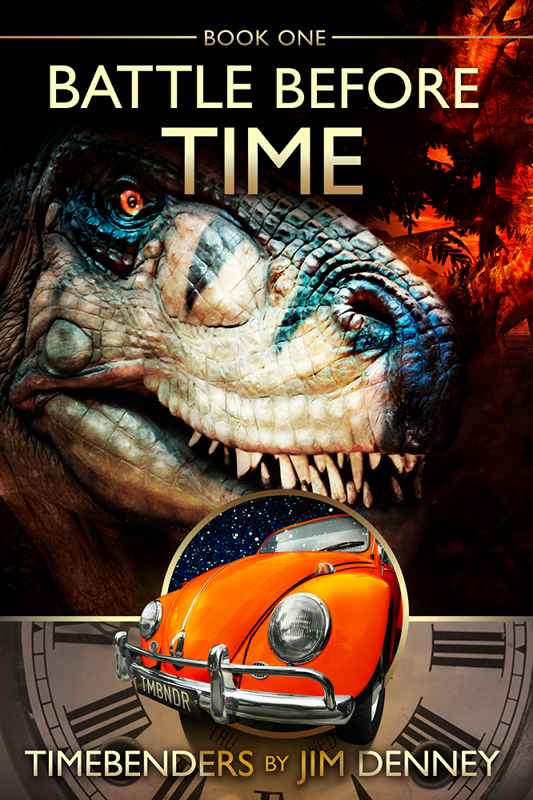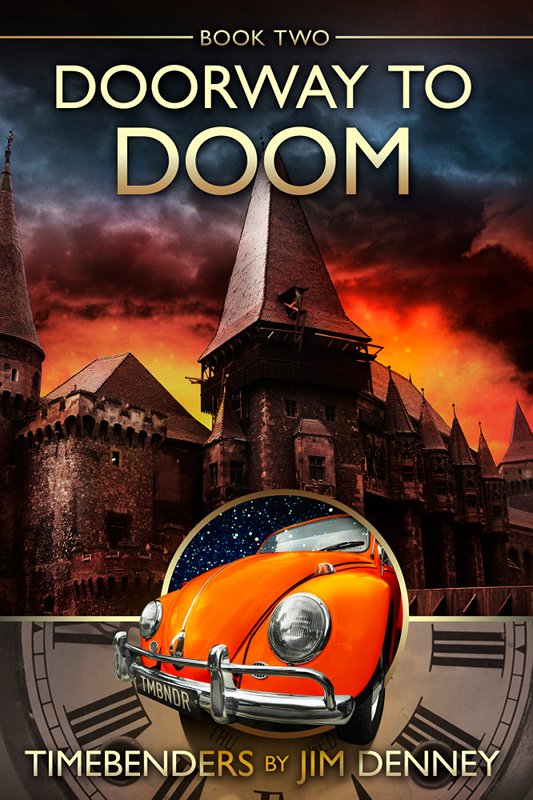
William Saroyan in 1976
Before author and playwright William Saroyan made his first sale, he wrote dozens of short stories and sent them to every paying fiction market in the country. Eventually, every one of his stories was rejected by all the magazines. He had collected nothing but rejection slips.
Undaunted, Saroyan simply turned right around and sent the same stories to the same publications—and the second time around, they started selling. Why? Because there was a high turnover rate among junior editors who sifted the slush piles at those magazines. The second time Saroyan sent out those stories, they went to a whole new round of editors. And you can do the same, because there is still a high turnover rate in the publishing business today.
Submit, submit, submit—and if your work is as good as you know it is, you will sell. As Lawrence Block put it in Telling Lies for Fun and Profit, “Once you’ve got a story to the point where you think it’s worth submitting, you must submit it and submit it and submit it until someone somewhere breaks down and buys it.”
Mystery writer Donald Westlake (Bad News, Don’t Ask, and The Ax) used to paper the walls of his apartment with rejection slips. The day he sold his first story to a magazine, he celebrated by ripping those rejection slips off the wall—all 204 of them! At the time of his death in 2008, Westlake had more than a hundred published novels and nonfiction books to his credit.
Science-fiction writer Isaac Asimov observed, “Rejection slips, or form letters, however tactfully phrased, are lacerations of the soul, if not quite inventions of the devil—but there is no way around them.” And another science-fiction writer, Brian Stableford, said: “The vital point to remember is that the swine who just sent your pearl of a story back with nothing but a coffee-stain and a printed rejection slip can be wrong. You cannot take it for granted that he is wrong, but you have an all-important margin of hope that might be enough to keep you going.”
British mystery writer Alex Keegan is the author of a number of novels featuring private investigator Catherine “Caz” Flood. His titles include Cuckoo (Anthony Award nominee, best first novel, 1995), Vulture, Kingfisher, Razorbill, and A Wild Justice. His short fiction has appeared in print and online magazines, and has been adapted by BBC Radio.
Alex Keegan has made a careful study of rejection, and has arrived at a startling statistical conclusion: If you make a persistent attack of the markets, you can develop a highly consistent and predictable ratio of sales versus rejections. “It’s a fact,” says Keegan, “that the more you submit, the more you will be rejected, but . . . you cannot fail if you work at your art, if you read, read, read, write, write, write, submit, submit, submit.”
A great antidote to the discouragement of rejection is the encouragement of a writer’s group. In January 1997, Keegan started a “Boot Camp” of committed but mostly unpublished fiction writers—eleven founding members, only three with any publishing credits. It was a hard-nosed, tough-minded, no-excuses writing group. The demands: each member must produce one short story every two weeks. The story must be submitted to the group for critique, then rewritten and submitted on the open market for publication. Though all eleven members professed a desire to write professionally, few had produced much output during the preceding twelve months, and even fewer had submitted any stories for publication.
But the rigorous demands of the Boot Camp changed that in a hurry. During the first year, 1997, the eleven Boot Campers racked up an astonishing number of sales—85 stories sold for publication either in print, online, or on the radio. One Boot Camper won the BBC World Service’s Short Story of the Year award. Keegan sold his fifth novel that year—and he sold forty short pieces. Each sale, regardless of medium, was designated a “hit.” The following year, 1998, Keegan and his fellow Boot Campers racked up over 200 hits. In 1999, over 350 hits.
It stands to reason that more submissions would result in more sales—but more submissions also means more rejections. “In 1997,” he said, “I had more rejections than in the previous forty-nine years of my life. But rejections are side effects, meaningless.” What mattered was that Keegan was writing an enormous volume of stories, and he was submitting them. If they came back, he instantly resubmitted them. Keegan made 168 submissions in 1998, which returned 107 rejections—but also returned 43 hits.
Keegan kept a spreadsheet of his submissions, and was able to calculate a “hit rate”—a ratio of sales per submissions. He found that he was consistently selling one time out of every 3.5 submissions (which was a bit higher than the “hit rate” of his fellow Boot Campers, one sale for every 4.5 submissions—and much better than his average at the beginning of his writing career, when he averaged a sale for every thirty submissions).
Many writers view rejections as bad news, or even as a personal insult. Not Alex Keegan. He views rejections as feedback. Sometimes an editor would append a hand-written note, giving Keegan insight into ways to make his work stronger and more salable the next time around. Most important of all, he knew he had a consistent batting average, and every rejection just brought him one step closer to his goal.
“I can count,” says Alex Keegan. “I know that three rejections mean a sale. I welcome rejections. . . . I eat rejections like Popeye eats spinach.”
The moral of the story: Never accept rejection as final. Keep working at your craft, keep writing, and keep submitting.





